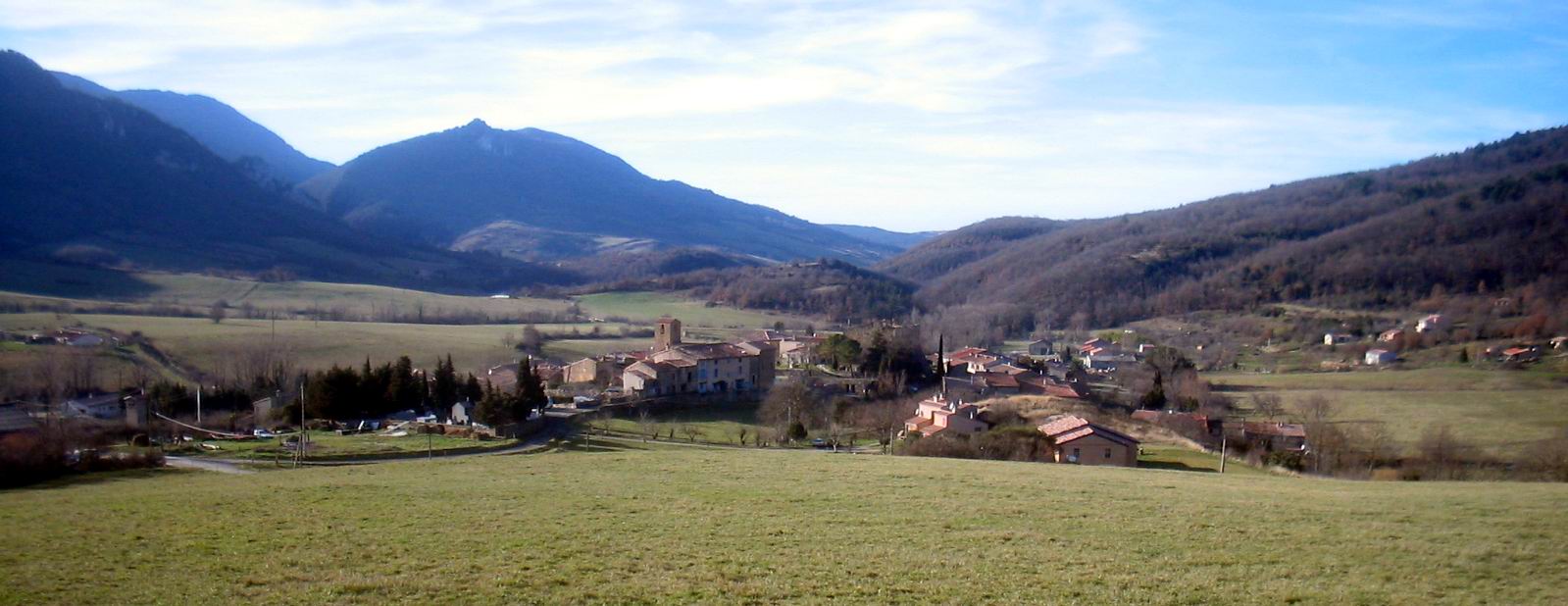The End of the World as We Know It?

Some believe the world will end in 2012. Find out why.
by Jennie Wood
 Pic de Burgarach, France, a site visited by people who believe a great change will take place on 12/21/2012. Related Links |
December 21, 2012, is the last day in the 5,125 year-long Mesoamerican Long Count calendar. The calendar has been used by several cultures in the past, including the Maya, which is why it's also known as the Mayan Long Count calendar. Because of the calendar, various predictions using astronomy or numerology have been made. Most of those predictions involve a world-ending or world-transitioning event.
Armageddon
According to the Popol Vuh, a book of stories from the Mayan K'iche' Kingdom of Q'umarkaj (modern day Guatemala), we are living in the fourth world. Pulled together in the 1700s, the Popol Vuh explains that after the gods created three failed worlds, there was a fourth successful one where humanity exists. In the Mayan Long Count calendar, the third world ended after 13 b'ak'tuns (cycles), or 5,125 years. The end of the third world marks the beginning of the fourth world, which corresponds to August 11, 3114 BC in the Gregorian calendar, meaning the fourth world will reach its end or 13th b'ak'tun on December 21, 2012. Of the Maya Long Count calendar, American anthropologist, archaeologist, and author Michael D. Coe writes, "There is a suggestion that Armageddon would overtake the degenerate peoples of the world and all creation on the final day. Thus our present universe would be annihilated when the Great Cycle of the Long Count reaches completion."
The b'ak'tun 13 does not hold much significance in modern day Mayan life. The Long Count calendar is no longer used. Various archaeologists and Mayan elders have pointed out that an apocalypse is a Western idea and has nothing to do with Mayan culture or beliefs. Jose Huchm, a Mayan archaeologist said, "If I went to some Mayan-speaking communities and asked people what is going to happen in 2012, they wouldn't have any idea." In the 1990s, scholars and researches voiced their objections as well. Mayan scholar Mark Van Stone said, "There is nothing in the Maya prophecy to suggest that they prophesied a sudden or major change of any sort in 2012."
New Day Rising
Some cultures and groups are fixated on 2012 as a year of spiritual transformation. In India, more than 15 million people believe Kalki Bhagavan is the incarnation of Vishnu, a popular Hindu god. Since 1998, Bhagavan has said that 2012 is the deadline for human enlightenment because the year marks the end of Kali Yuga, the last of the four stages of the world.
Since 2000, groups of people have hiked up to Pic de Bugarach, a mountain near Bugarach, a small village of 189 people in France. In the first three months of 2012, the mountain had more than 20,000 visitors because they believe the location is ideal for the December 21 events that will transform the world. According to Bugarach mayor Jean-Pierre Delord in the British newspaper The Independent, the visitors "think Pic de Bugarach is an alien garage." Delord suspects that after December 21, 2012, the visitors will stop coming.
Several doomsday theories are floating around. Some are trying to cash in, using the media and internet to prey on people's imaginations and fears. One theory is that Nibiru or Planet X will collide with Earth. Others have pegged 12/21/2012 as the date Earth will smash into Alcyone, the largest star in the Pleiades cluster. Still other theories are out there involving everything from alien invasions to geomagnetic reversals. As December 21, 2012, approaches, theories become more intense and curiosity rises over what might happen on the last day in the Mayan Long Count calendar.
